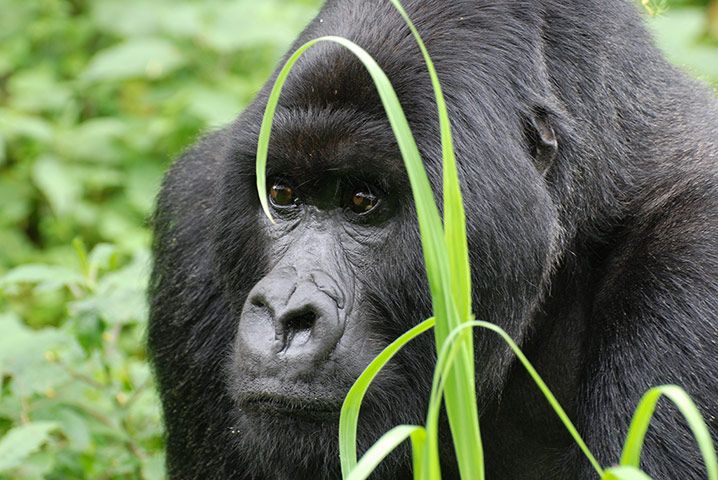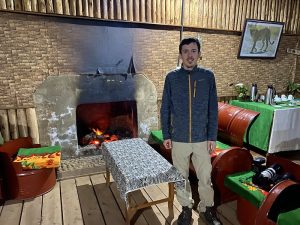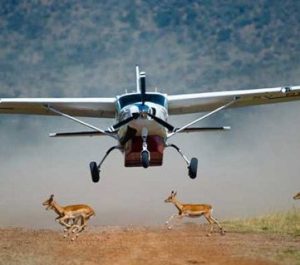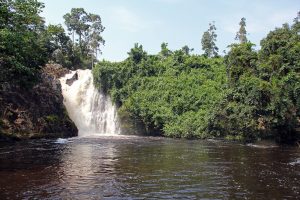If you’re planning a gorilla trekking safari in Africa, one of the most common and important questions travelers ask is: “Can I see gorillas without a ranger guide?” The straightforward and unequivocal answer is no—you cannot see gorillas without an official ranger guide. Whether you’re visiting Uganda, Rwanda, or the Democratic Republic of Congo (DRC), trekking to see mountain or lowland gorillas is strictly regulated, and all visitors must be accompanied by trained and authorized park rangers.
In this comprehensive guide, we’ll explain why ranger guides are mandatory, what risks are involved in unguided treks, and how the structured trekking process not only protects you but also supports gorilla conservation.
Why You Cannot Trek Gorillas Without a Ranger Guide
Gorilla trekking is not like a regular hike or self-guided wildlife encounter. It takes place deep within protected rainforests and national parks, where gorillas live in family groups and roam freely through their natural habitat. Here’s why a ranger guide is always required:
1. Safety of Visitors and Gorillas
Gorillas, though habituated to human presence, are still wild animals. Their size, strength, and social dynamics mean they can become unpredictable if threatened or startled. Ranger guides are specifically trained to read gorilla behavior and de-escalate any tense situations. They know when to approach, when to retreat, and how to guide visitor behavior to avoid stress or danger to the animals.
Without a guide, you risk violating safe distance rules (usually a minimum of 7 meters) and increasing the likelihood of aggression or disease transmission.
2. Conservation Regulations
All gorilla trekking activities in Uganda, Rwanda, and DRC are governed by national wildlife authorities:
- Uganda Wildlife Authority (UWA)
- Rwanda Development Board (RDB)
- Institut Congolais pour la Conservation de la Nature (ICCN)
These organizations issue permits and require all visitors to be guided by trained personnel. This ensures that every trek follows strict conservation protocols. Attempting to see gorillas without following these laws is not only unethical—it’s illegal.
3. Protection of an Endangered Species
Gorillas are critically endangered, with only about 1,000 mountain gorillas remaining in the wild. The structured trekking system—including the use of ranger guides—is a vital part of the global conservation strategy to protect them. Trained rangers ensure that human interaction does not disrupt gorilla behavior or habitat.
Revenue from guided treks also supports park operations and community development, providing alternative livelihoods that reduce threats like poaching and deforestation.
4. Navigational Expertise
The terrain in parks like Bwindi Impenetrable National Park in Uganda or Volcanoes National Park in Rwanda is steep, forested, and often slippery. Gorilla families constantly move, so their locations change daily. Professional trackers scout ahead early each morning to locate the gorillas and communicate with the ranger guides.
Without this coordination and knowledge of the terrain, it is virtually impossible to find gorillas on your own—let alone navigate safely through remote and rugged jungle.
What Happens on a Gorilla Trekking Day?
If you’re planning your first gorilla trek, here’s what to expect with a ranger-led experience:
- Permit Check-in: You’ll report to the park headquarters in the early morning, where officials verify your permit and assign you to a gorilla group.
- Pre-Trek Briefing: A senior ranger gives a detailed orientation on gorilla etiquette, safety procedures, and what to expect in the forest.
- Group Division: Tourists are split into groups of no more than eight people per gorilla family. Each group is accompanied by at least one ranger guide, a tracker, and sometimes an armed escort.
- Tracking the Gorillas: The team guides you through the forest, often for 1–4 hours depending on the gorillas’ location.
- One Hour with Gorillas: Once the gorillas are located, visitors spend a maximum of one hour observing them, taking photos, and soaking in the experience—from a safe and regulated distance.
Are There Any Exceptions to This Rule?
No. Gorilla trekking without a ranger is strictly prohibited, even for locals, researchers, or journalists. Scientists conducting long-term gorilla studies must undergo intensive training, secure government approval, and still work with conservation authorities and local guides.
Even if you are an experienced hiker or wildlife enthusiast, the law does not permit self-guided gorilla viewing under any circumstances.
Why Following the Rules Matters
Following ranger guidelines and park protocols is not just about obeying rules—it’s about ensuring that gorilla tourism remains sustainable. Gorilla trekking is one of the few tourism activities in the world that directly funds both wildlife conservation and local community development.
By joining a ranger-led trek:
- You help fund anti-poaching patrols
- You support education and health services in nearby communities
- You contribute to the long-term survival of one of the world’s rarest species
Planning a Safe and Legal Gorilla Trek
To see gorillas legally and safely, follow these steps:
- Book your permit in advance through a licensed tour operator or the relevant park authority
- Choose a reputable safari company that includes official guides and trackers in your package
- Follow health and safety guidelines—this includes being free of contagious illness, respecting the gorillas’ space, and not littering
- Pack appropriately for trekking: hiking boots, rain jacket, gloves, and enough drinking water
Trust the Rangers for the Ultimate Gorilla Experience
So, can you see gorillas without a ranger guide? Absolutely not. And that’s a good thing.
Gorilla trekking is not just about spotting wildlife—it’s about experiencing something truly rare and transformative while being part of an international effort to protect endangered animals and their fragile habitats. Ranger guides are at the heart of this experience. They are your connection to the forest, the gorillas, and the communities who depend on responsible tourism.
By embracing the ranger-guided system, you not only ensure your own safety and comfort, but you also contribute to the preservation of one of the planet’s most iconic species. Always choose to trek with professionals, and you’ll come away with memories that are not only breathtaking—but meaningful, ethical, and lasting.




